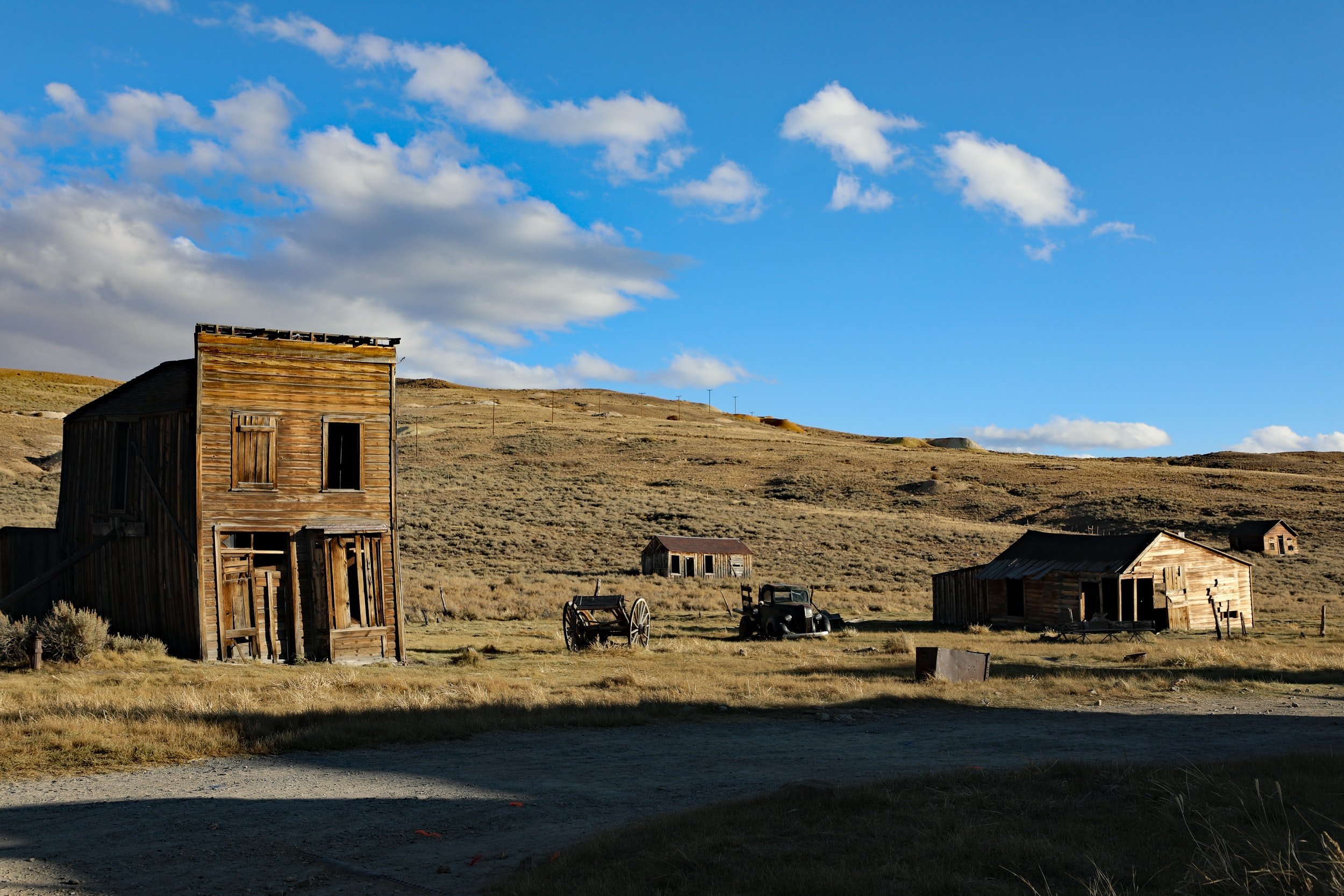
Blog

Violence and Governmental Coercion in the Seminole Wars
The Seminole are a Native American people who inhabited Florida during the 18th century, comprising a diverse mix of many different groups who settled in Florida during Spanish colonization. A group of Creek Native Americans called the Muscogee arrived in Florida from Georgia and Florida. The Seminole also integrated various different groups of people who were African and Native American runaway slaves.

The Apache: Stereotypes vs. History
The word ‘Apache’ is a name that comes up many times whether you are talking about the Apache Helicopter or web servers like Apache HTTP. In western pop culture, ‘Apache’ has connotations of violence and savagery, stereotypes that are perpetuated through films and other stories and records created from a European perspective.

The California Genocide
One of the most destructive acts of legislation ever instituted by the US government, the Indian Removal Act, signed into law under the administration of President Andrew Jackson, forced thousands of Native Americans out of their land and “relocated” them further westward. This forced relocation caused thousands of Native Americans to die on what became to be known as the Trail of Tears. However, the Indian Removal Act and the actions of the government at the federal level were not the only causes of large-scale displacement and genocide, as state governments and phenomena such as the Gold Rush also precipitated mass violence against Native Americans.

Why Was Cahokia “The Lost City”?
Cahokia was an ancient Native American city. By the time Europeans reached Cahokia in the 17th century, all that remained were ruins. The people of Cahokia were of Mississippian culture.

Totem Poles
Unlike many of the Native Americans on the East Coast, many Native American peoples of the West Coast practiced totemism, including the Tlingit, Haida, and the Tsimshian. Merriam-Webster defines totemism as a belief in kinship with or a mystical relationship between a group or an individual and a totem.

Wampum a Craft of Politics and Storytelling
Wampum are beaded goods made by Native Americans in the East Coast woodlands of North America.

Why was there a Technological Difference between Afro-Eurasia and Native America?
Around 25,000 years ago, Native Americans crossed the land bridge Beringia that, for a time, connected the continents of Eurasia and America together. As the Ice Age ended, Beringia became an ocean, forever separating the two continents. This put Native Americans at a severe disadvantage in technological development when compared to the Old World, because the New World constituted the last continent-sized land masses that humans settled, and were consequently behind by thousands of years by the time Native American settlers arrived.

The History of Horses in the Americas
Although horses originated and evolved in North America, they migrated through the Bering land bridge and became extinct for a time in North America.

The Longhouse - A Dwelling and Symbol of Cultural and Political Community
Native Americans, especially those such as the Iroquois that lived on the East Coast from the 12th century up until a period of mass migration and forced resettlement in 1784, would often live in large and elongated living quarters known as longhouses.

The Life of Tecumseh
Tecumseh, meaning ‘shooting star’, was a Shawnee chief who eventually became known for organizing a resistance to American encroachment onto Native American land. He was born into the family of war chief Puskchinwa in Ohio around 1768.

Buffalo, the lifeblood of the great Plains
The buffalo were in abundance, sitting at a total of around 40-60 million in numbers during pre-Columbian times. Unfortunately, buffalo populations in the modern day have decreased significantly since their pre-Columbian days.